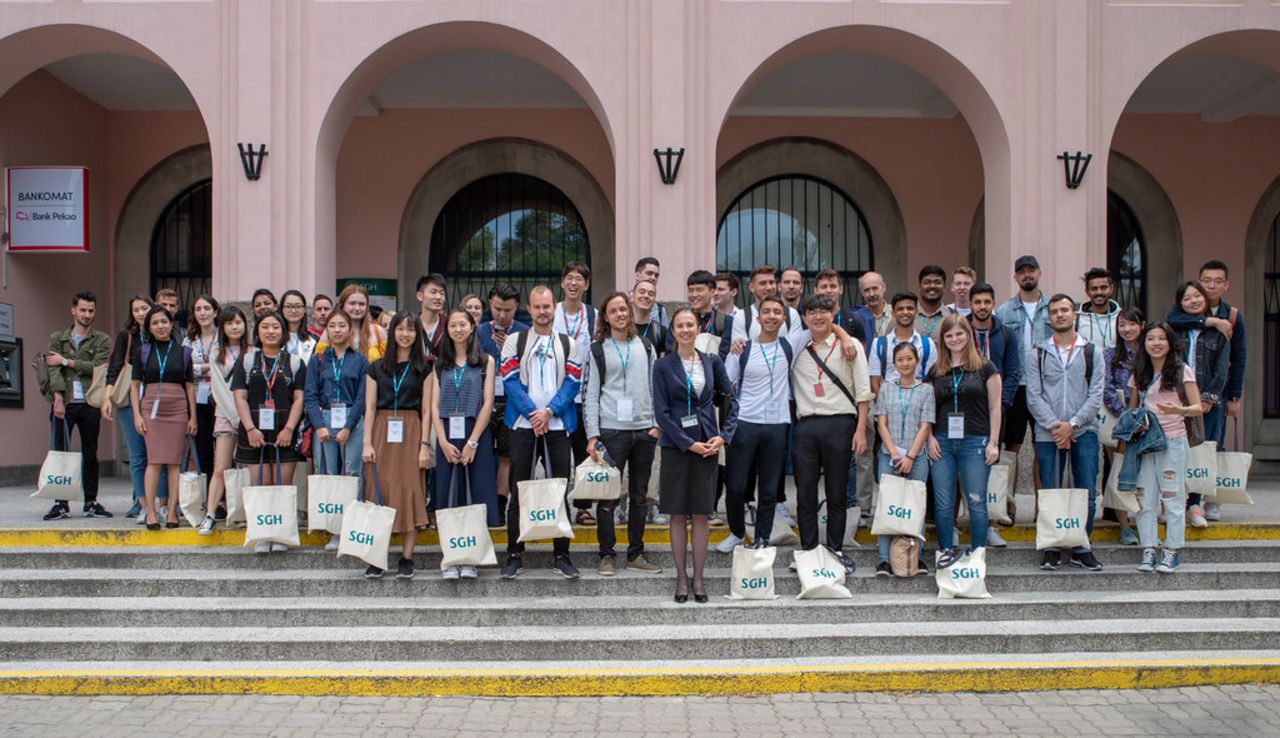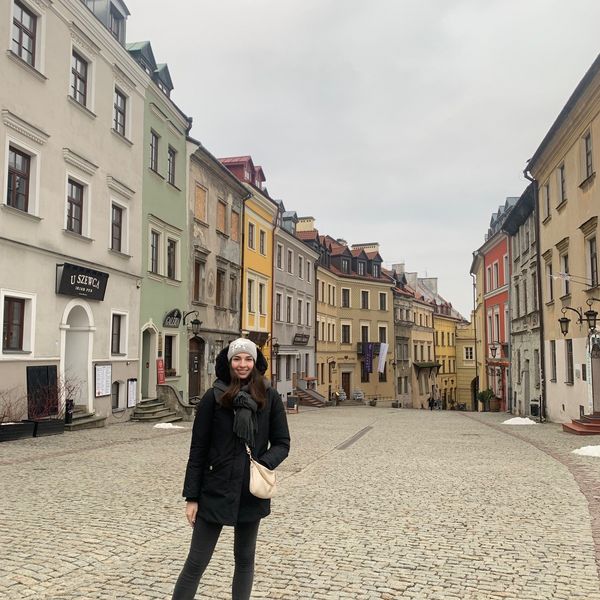SGH Warsaw School of Economics
Partner University of HSBA
About the SGH Warsaw School of Economics
Are you planning a semester abroad in a city that pulses with both historical and economic vitality? Then the SGH Warsaw School of Economics, the oldest economics university in Poland, is the right place for you!
SGH is Poland's leading business university, offering a wide range of courses in economics, finance, and management, all designed to impart the skills and knowledge demanded in the global economy. Many courses are offered in English, making them ideal for international students.
Warsaw itself is a dynamic mix of old and new, where historic sites stand alongside modern skyscrapers. As a student at SGH, you will not only benefit from top-tier academic education but also from vibrant student life and numerous networking opportunities in Poland’s thriving economic hub. Around 500 exchange students visit SGH every year.
Are you ready to advance your career with a semester at the Warsaw School of Economics? Seize the opportunity to grow in an international environment and gain experiences that will last a lifetime. We look forward to welcoming you to SGH!
Link to SGH Warsaw School of Economics website
Link to page for Exchange Students at SGH Warsaw School of Economics
Interested in a semester abroad at this institution? Please contact the HSBA International Office at international(at)hsba.de and request access to the "Outgoings" team where you will find relevant information on this destination such as semester dates, course lists, experience reports, the number of places available and more.


